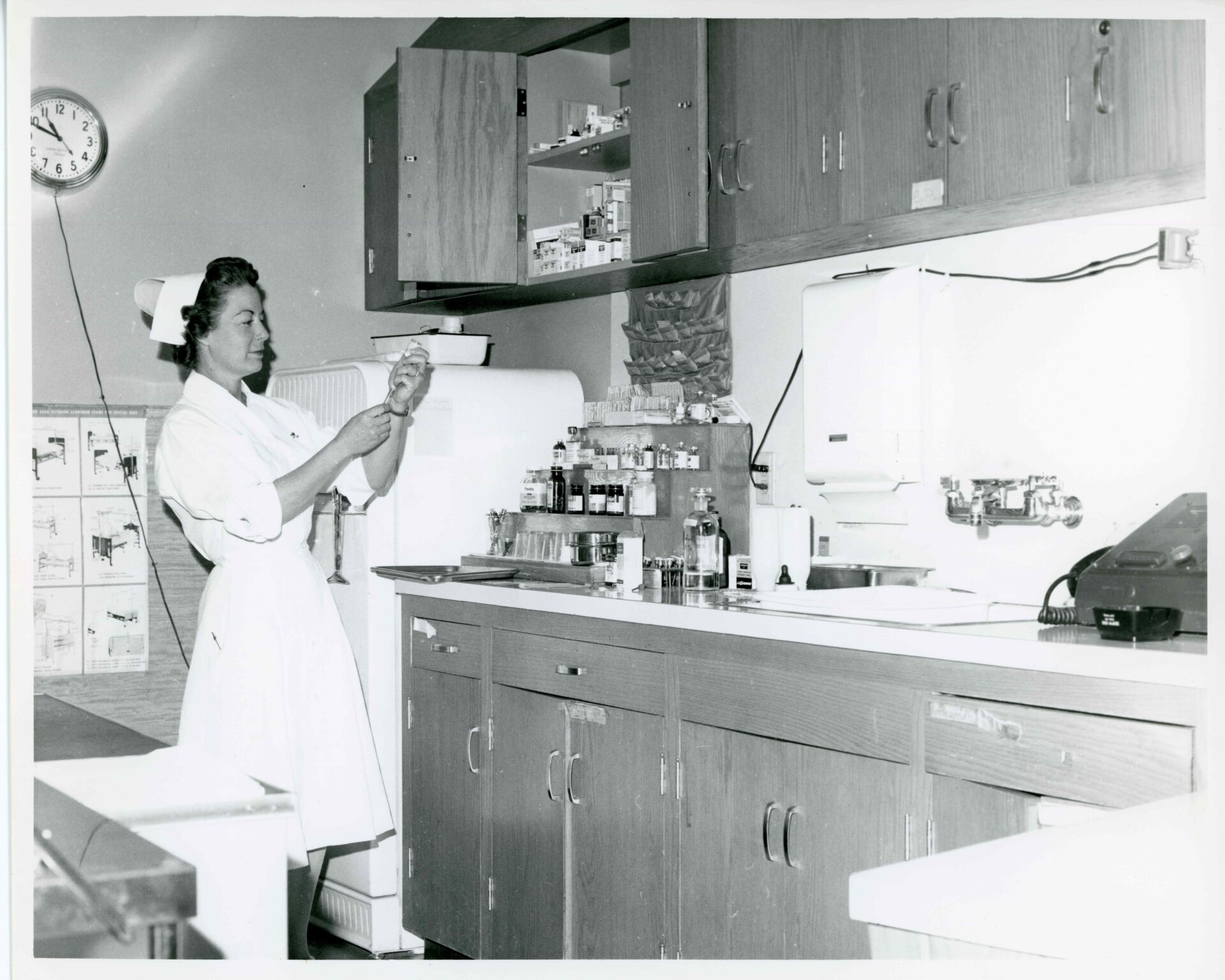For travelers today, journeys to and from Moab may be punctuated with airport layovers, train station transfers, or breaks to refuel at highway rest stops. The term “stage station” has all but disappeared, but these transport hubs were an important link to the world for rural towns before modern high-speed modes of transportation.


Stage stations scattered across Grand County were essential rest stops for overland travelers in the late 1800s when the Moab area was settled by Euro-Americans. At stage stations, tired horses could be replaced with well-rested animals. Oftentimes, food, water, overnight lodging or basic supplies were available at the stopover location. These locations were hubs for all sorts of travelers including mail carriers, stagecoach operators transporting goods or passengers, and individual travelers.
Given the rugged landscape and comparatively slow pace of travel on horseback, numerous stage stations dotted the landscape, connecting areas that cars can now travel in mere hours but would have taken days by horse. While the remains of some stage stations still stand today, many others survive in the form of photographs, memories, and oral histories accessible in the Moab Museum Collection.
The Moab Museum is dedicated to sharing stories of the natural and human history of the Moab area. To explore more of Moab’s stories and artifacts, find out about upcoming programs, and become a Member, visit www.moabmuseum.org.




